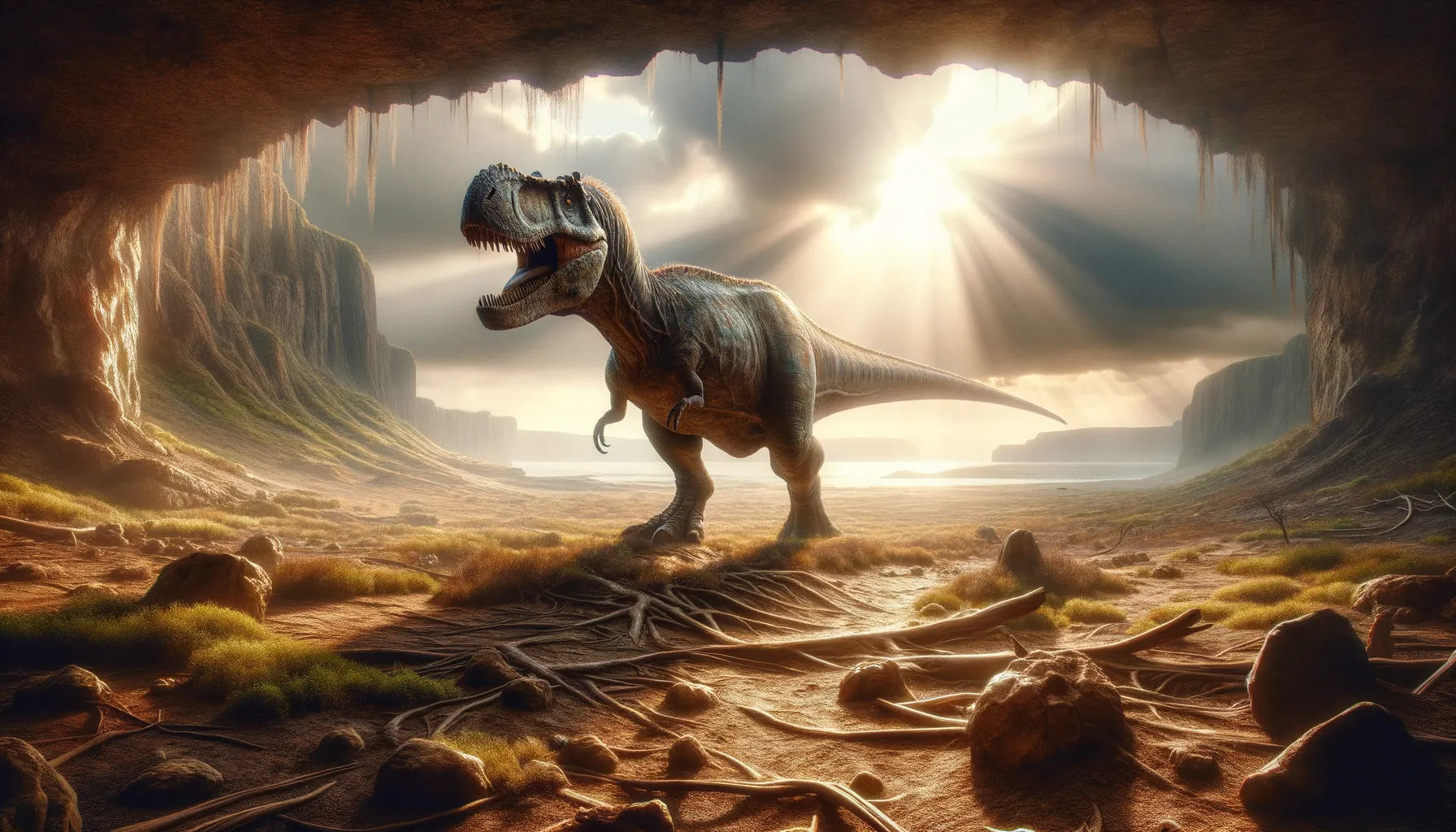
Oligosaurus
A mighty presence of the ancient world!
Period
Cretaceous
Length
Grew up to 10 meters in length.
Height
Stood around 4 to 5 meters tall.
Weight
Weighed approximately 1,000 to 1,500 kilograms.
The Oligosaurus was a fascinating dinosaur species that roamed the Earth during the Cretaceous period. Characterized by its large size and powerful limbs, it was well-adapted to its environment. Discoveries of its fossils have provided significant insights into the behavioral patterns and ecosystems of the time, shedding light on its diet, social habits, and interactions. Notably, it displayed a mix of unique traits that made it stand out among contemporary species, sparking interest among paleontologists worldwide.
Diet
The Oligosaurus was primarily herbivorous, feasting on a variety of plants. Its diet consisted of leaves, ferns, and low-lying shrubs, which were abundant in its environment.
Hunting
Though it primarily ate plants, the Oligosaurus had to occasionally scavenge for food, especially during harsh conditions. Its robust build enabled it to knock down trees if necessary for food access.
Environmental challenges
Living during the late Cretaceous period, the Oligosaurus faced fluctuating climates and periodic droughts. These environmental shifts often impacted the availability of its preferred plant foods. Additionally, competition with other herbivorous dinosaurs for resources was a constant struggle. Natural disasters like volcanic eruptions also posed significant risks to its habitat and survival.
Speed
Average speed comparable to modern large reptiles.
Lifespan
Estimated to live between 20 to 40 years.
First discovery
Uncovered in a remote region of Mongolia in 1985.
Fun Facts
- Oligosaurus is a lesser-known dinosaur, which makes uncovering its past feel like a detective story.
- Its name 'Oligosaurus' comes from the Greek words meaning 'little' and 'lizard', highlighting its relatively small size.
- Despite its small size, Oligosaurus was a fierce herbivore, possibly moving in herds for protection against predators.
- Fossils of Oligosaurus have primarily been found in Central Asia, providing clues about the region's ancient ecosystems.
- Scientists believe that Oligosaurus was an agile runner, using its speed to escape larger predators.
- Oligosaurus lived during the Late Cretaceous period, which was the last era of the dinosaurs.
- Discoveries of Oligosaurus help paleontologists understand the diverse range of dinosaur species that existed before the mass extinction.
Growth and Development
The Oligosaurus experienced rapid growth during its early years, reaching half of its full size within the first five years. As it matured, growth slowed, allowing it to conserve energy for survival. The development of its strong limbs and strong digestive system was crucial for its survival and adaptation. Throughout its life, it gradually developed a thick skin ideal for protection against predators.
Habitat
The Oligosaurus thrived in semi-tropical to temperate regions, preferring open woodlands and forests. Its habitat was rich in plant life, which supported its herbivorous diet. Seasonal changes in climate required adaptability to cooler temperatures during certain months. Water sources nearby were also essential for its survival, aiding in hydration and cooling.
Interaction with other species
The Oligosaurus was generally peaceful, coexisting with other herbivorous dinosaurs. It used its size to intimidate smaller predators but was otherwise non-confrontational. Its primary competitors included similar large herbivores vying for limited food resources. During migration seasons, it often traveled in groups, forming temporary alliances for safety.
Natural lifespan
The natural lifespan of the Oligosaurus was about 35 years.
Reproduction
Oligosaurus engaged in seasonal breeding, with males performing display rituals to attract females. Nests were built in secluded areas to protect eggs from predators. Females laid clutches of 10 to 15 eggs, maintaining vigilance to guard against threats. Hatchlings were dependent on parents for a short period before becoming fully independent.
Social behaviour
The Oligosaurus was a social creature, often found in small groups. They communicated through low-frequency sounds to establish communication during migration. Hierarchies within the group defined roles, with leaders typically being older, more experienced individuals. Group living offered advantages such as enhanced protection from predators.
Fossil locations
Fossils of Oligosaurus have predominantly been found in Mongolia, offering insights into its distribution and habits. Excavations in the region have uncovered bone beds that reveal group living behavior. The quality and quantity of fossils gathered reflect its once widespread presence in these areas. Ongoing studies continue to explore additional sites for further understanding.
